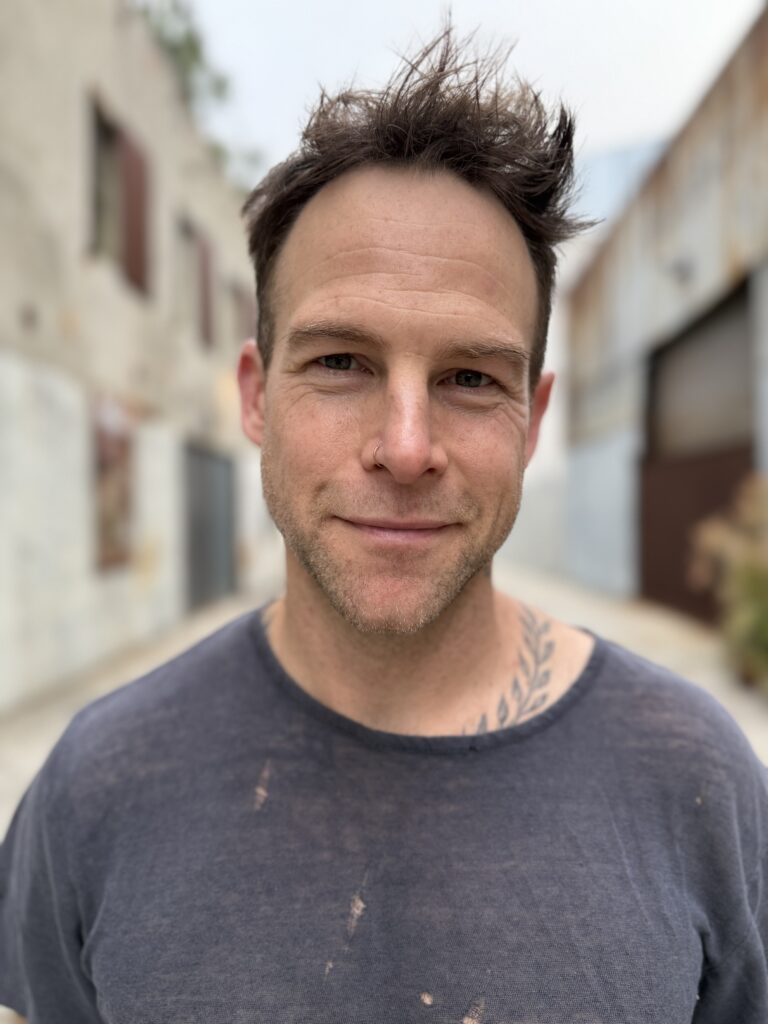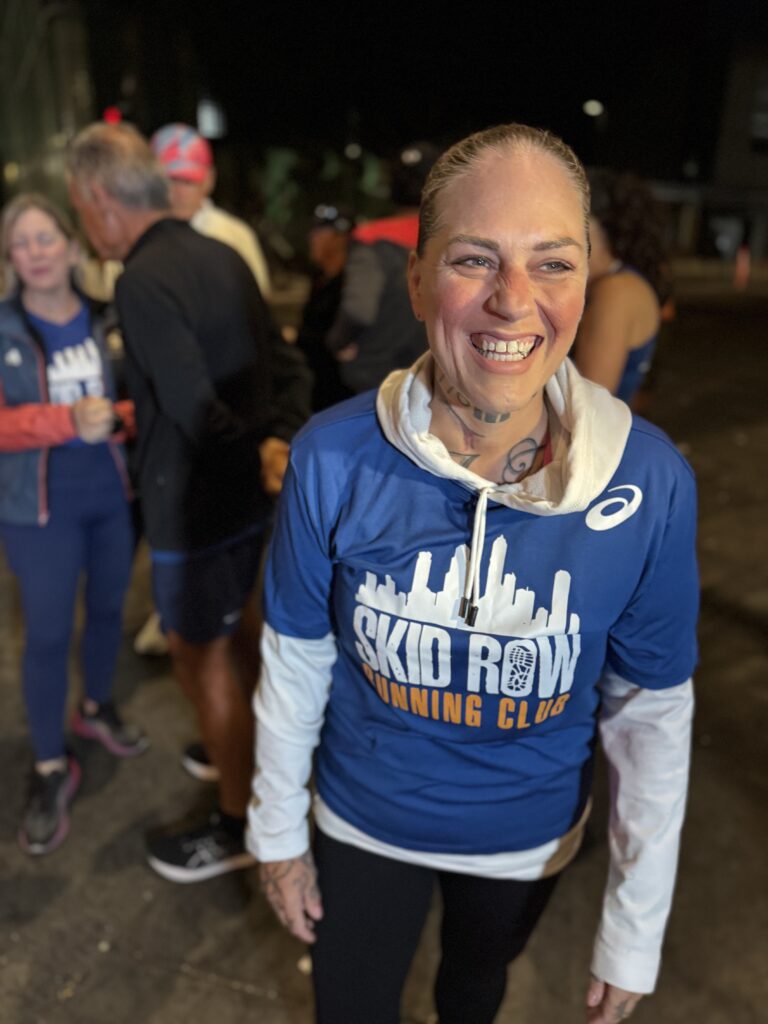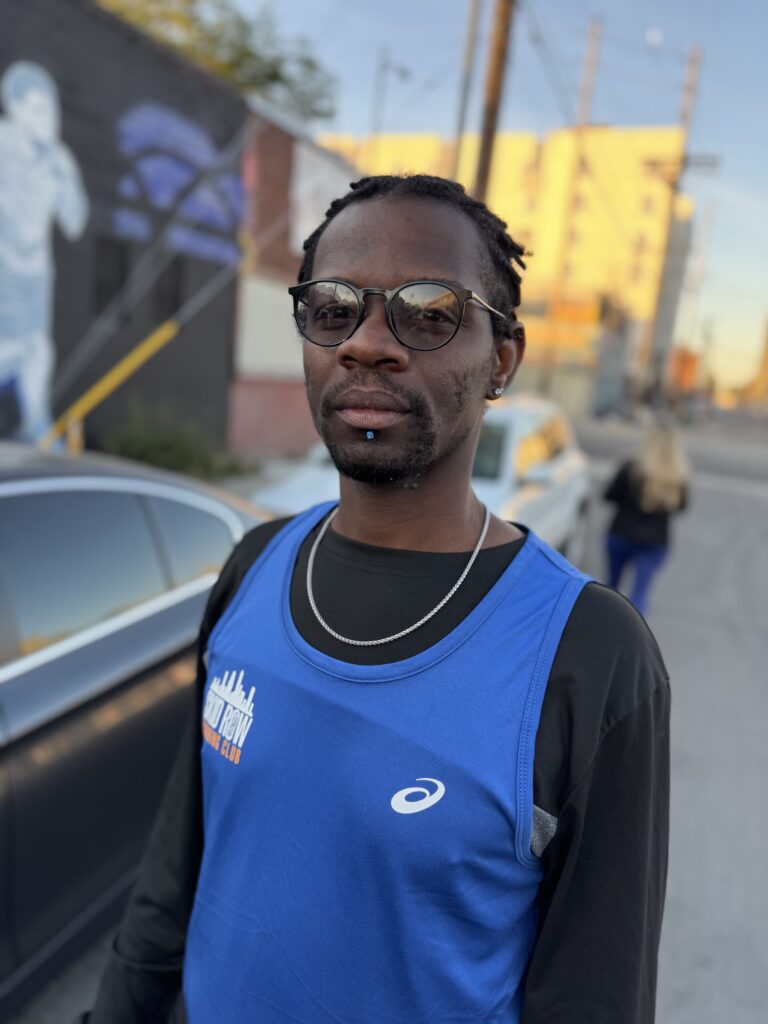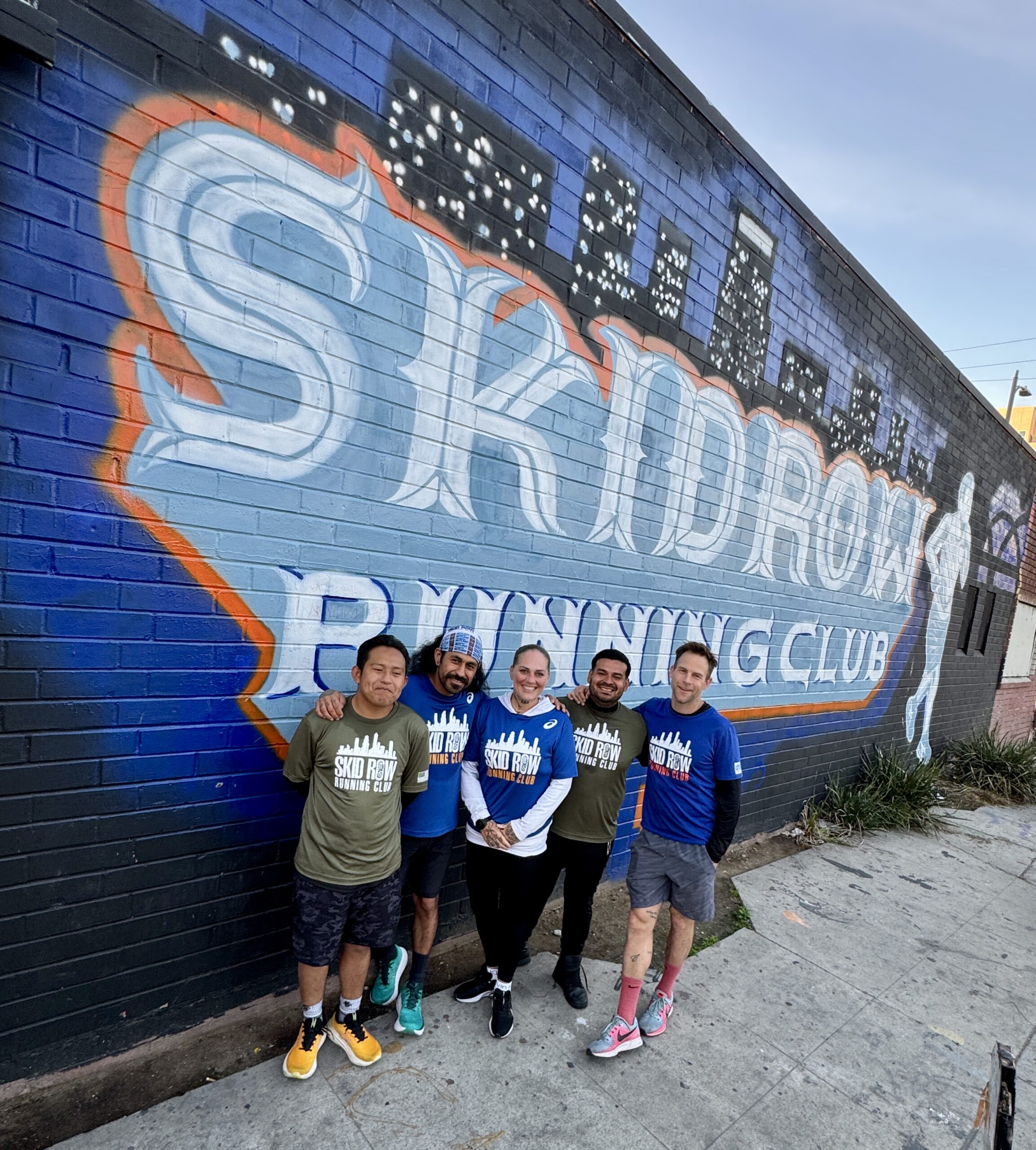The Skid Row Running Club leaves LA streets for Sedona’s desert trails, proving how community and running can empower recovery and life transformation.
It started, like many things do, with one simple run.
What started as just three runners has grown into a community of 40 to 50 people lacing up together on any given Thursday in downtown LA.
Today, the Skid Row Running Club is a lifeline for dozens of Angelenos—people rebuilding their lives while navigating addiction recovery, experiencing homelessness, and facing the challenges of re-entry after incarceration.
Founded in 2012 by LA Superior Court Judge Craig Mitchell, the club has grown far beyond its Skid Row roots, racing everywhere from the streets of Berlin to the sands of Egypt. This week, they’re headed to Sedona, Arizona, for The VUE or Vortex Ultra Experience.
For many SRRC runners, it will be their first time racing on trails, trading the concrete streets of downtown LA for the red rock landscapes and winding singletrack of the high desert.

Judge Craig Mitchell had seen too many people cycle through his courtroom, caught in the churn of the justice system. Rather than simply handing down sentences and contributing to the country’s incarceration crisis, he set out to offer a path toward hope and healing.
Members describe the club as radically inclusive. The run club brings together people from all walks of life: individuals living in shelters or transitional housing in LA’s Skid Row, people in recovery from substance use, and community members drawn to the positive energy and connection that comes from meeting up to run at dawn.
Chris Koppi joined the club after spending years in prison.
“Who would want a guy like me in their community?” asked Koppi. “Judge Mitchell did. The Skid Row Running Club did.”
Now, he’s an SRRC board member.
The group also includes lawyers, judges, doctors, LAPD officers, and volunteers from the Midnight Mission, a service organization that has provided support in Skid Row for over a century.

This week, the Skid Row Running Club is heading to Sedona, Arizona, to take on The VUE or Vortex Ultra Experience, a grueling trail race that winds through the desert’s red rock canyons and sandstone spires. For many of the club’s athletes, it marks not only their first ultramarathon, but their very first time racing on trails. Stepping away from the familiar streets of downtown Los Angeles and onto rugged, technical singletrack, these runners are embracing a new challenge, and for many, a transformative milestone in their recovery and rebuilding journey.
The VUE is more than just a race. It’s an immersive, multi-day experience that begins long before the start line. Runners take part in guided shakeout runs across the high desert, restorative yoga sessions beneath towering cliffs, and sound healing ceremonies designed to set intentions for the miles ahead. At last year’s race, SRRC members gathered at the base of a red rock knoll for an opening circle, sharing their hopes for the weekend. Some were so moved by the moment, they were brought to tears before they’d even pinned on a bib.
“Some of these guys were in tears during the opening circle,” recalled race director Erica Efinger. “It was more moving than the race itself.”
For many SRRC athletes, Sedona offers firsts in every direction: the first time traveling out of California, the first time racing on dirt, and the first time standing beneath the rust-colored monoliths of the desert Southwest. The unfamiliar terrain presents both physical and mental challenges, with loose rock, steep climbs, and narrow ridgelines, but it also represents something larger: the possibility of seeing their lives from a new vantage point.
One of the runners toeing the line in Sedona is Brenna Shaw, who joined SRRC in early 2023, just six months into her sobriety. Her first run with the club was a cold, rainy morning in Los Angeles, and she admits she was far from prepared for the challenge.
“Four and a half miles seemed like a very long distance at the time,” she recalled. “I remember thinking, ‘Where are we running to?’ But I ran the whole way, not because I had the endurance, but because of pride.”
In the year since, Shaw has grown into one of the club’s most dedicated runners, crediting SRRC with helping her build confidence and resilience both on and off the road. “It’s been beyond worth it,” she said. “I’m no longer quitting on myself. I’m working hard in all different areas of my life.”
For Shaw, Sedona represents not just another finish line, but a major step forward in her recovery and her belief in herself. It will be her first trail race and her first ultramarathon. More than the physical challenge, she’s looking forward to experiencing the weekend alongside her teammates.
“I’m excited to challenge myself and to watch all of my fellow club members challenge themselves,” said Shaw. “I can’t wait to do this together.” The chance to race in the red rock desert, surrounded by her community, is a tangible reminder of how far she’s come, and how far they can all go together.
“They looked at life in a different way because it’s a new opportunity they’re given,” Efinger said. “That made me see things differently, too.”
Efinger first connected with the Skid Row Running Club through social media and was instantly drawn to their mission. She knew she wanted to make the Sedona experience feel special for the team. At the race, the club has its own tent at the finish line, standing shoulder to shoulder with the major running brands. Efinger makes it clear: the runners of SRRC belong at the start and the finish line just as much as anyone else.
“I treat them like a pro team,” Efinger said. “They deserve to feel that way.”
For a club whose members are more accustomed to dodging traffic on city streets than weaving through desert mesas, Sedona is more than a race destination. It’s a place to be seen, to feel valued, and to push themselves in new ways.
“Sometimes, the foundation for change is as simple as having an experience among people who believe in you,” said Efinger.

After spending two decades in prison, Jeremy Price was looking for a place to belong.
After hearing about SRRC through a film screening, he decided to check out a group run.
“My first run felt like I finally found a home after 20 years,” said Price.
He lost 20 pounds, became a vegetarian, and was able to get healthcare and housing through club support and connections. Now, he’s training for the Revel Big Bear Marathon and aiming for a Boston Qualifying time.
“Who can really understand someone who has served 20 years in prison?” asks Price. “Easy answer: someone who has run 26.2 miles straight.”
Members say that everyone who shows up is an athlete, regardless of their background or experience.
The Skid Row Running Club meets three times a week, always at dawn, right in the heart of Skid Row. Monday and Thursday runs start at 6 a.m. sharp outside the Midnight Mission. Saturday is dedicated to the “Church of the Long Run,” where runners log anywhere from 8 to 20 miles, depending on their training plans.
“We run fast, we run slow—there is a speed for everyone,” says Chris Smith, the club’s vice president. “Some people even walk part of the route and meet us at the finish. The goal is just to show up.”
“There’s always further to run. That alone time is life-changing,” says SRRC member Dylan Horley.
But the club offers far more than just a positive place to train. The community rallies to support its members, no matter what they need, whether it’s finding a suit for a job interview, encouragement in recovery, or simply a hot meal.
“When I moved, club members packed up my stuff and helped me move. When I needed a job, they helped me find one,” says Jeremy Price, an SRRC member.

Research shows that aerobic exercise like running can reduce the risk of relapse, improve mood, and build self-efficacy for people in recovery. But beyond the physical benefits, SRRC offers something even more vital: a deep sense of belonging in a community grounded in health, purpose, and connection.
“Running is attainable; anyone can do it,” says Smith. “It makes you feel better because you are healthier.”
Members don’t just share miles, they share milestones. Together, they celebrate sobriety anniversaries, first races, and personal triumphs like traveling outside California for the first time.
“Running is secondary to the community,” says Judge Mitchell. “We share our lives with each other.”
The club also provides structure and purpose, creating simple, repeatable goals that mirror the work of recovery and rebuilding.
Dylan Horley found the club while getting treatment at the Midnight Mission. He says the club was instrumental in his recovery journey.
“You can see the lights come back on in their eyes, myself included”, said Horley. “This club has saved lives. I can attest to that.”
Now, Horely runs for fun and community rather than competition, and is a regular at SRRC group runs.
“When someone is hurting, we try to lighten their burden,” said Mitchell. “When someone achieves a goal, we rejoice together.”

Shared miles have turned into shared purpose, as club members motivate one another to push themselves not only on morning runs, but in daily life, whether it’s renting their first apartment, landing a job, finding stable housing, or pursuing sobriety. Beyond individual goals, SRRC is also working to expand access to running and recreation for marginalized communities in Los Angeles, advocating for better infrastructure and championing the role that movement can play in recovery, mental health, and long-term healing.
“There’s always further to run,” said Horley. “That alone time is life-changing.”
Wonderful article. It’s inclusive and uplifting. Happy the club is thriving along with all the runners.
What a wonderful article and Club! This made me smile and gave me a happy heart! It is exciting to see the club is traveling to Sedona for my daughter Erica’s race. Good luck to all runners!!